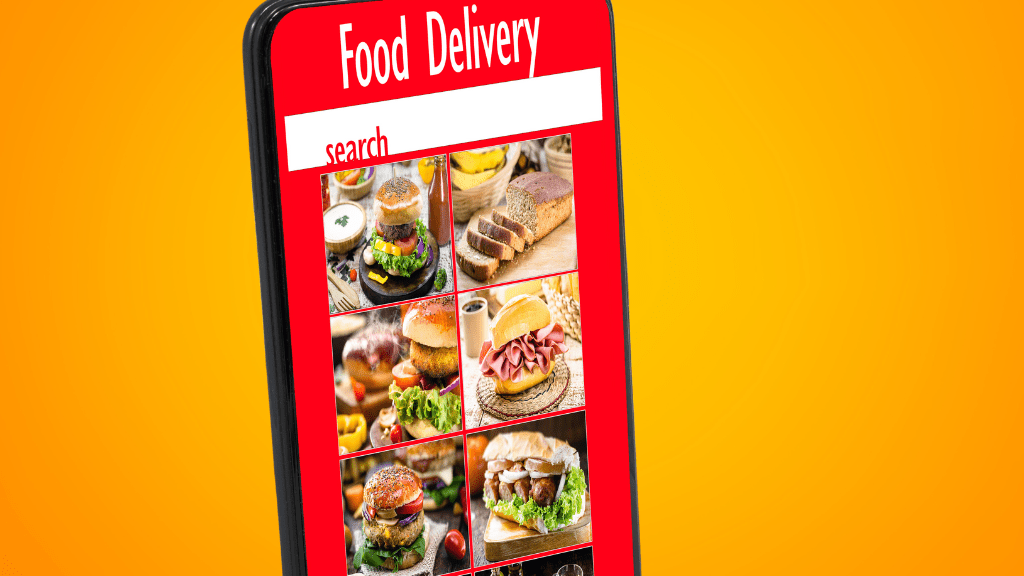There was a time when you could place your ad on the evening news across the three major broadcast networks and know that your message was hitting your target market. We lived in a much smaller world then. That approach was so effective our entire advertising culture has been wrapped in that way of thinking for 50+ years. Well, times have changed and so haven’t people with how they consume content and how they purchase.
The explosion of data that comes from tracking consumer behavior online is what’s driving today’s digital marketing growth, in fact, 2017 is the first year where digital ad spend is expected to surpass TV for the first time. People have a world of information, products, and services at their fingertips so it takes a much more personalized cross-platform approach to advertising in order to sustain growth and compete.
This is why it’s time to change with the times and approach your advertising with 21st-century data.
Data-Driven Approach
Today marketers are given the luxury of information. Here at MMP, we rely on several different data sources when evaluating audience and media measurement, our primary source for television, for example, is comScore. It allows us to pull quantitative and qualitative research based on set-top-box data. When you put together your media plan you’re really making a strategy revolving around how to best engage with your target audience that is consuming content from dozens of channels, hundreds of programs, and numerous platforms. You want to ask the same questions of your “traditional” media that you would when putting together a digital media strategy. You don’t (or you shouldn’t) put together an ad campaign on social platforms to reach A25-54, so stop doing that for your traditional media as well! Think of your audience first. Always.
When finding the right television programs to reach your audience use this Data-Driven approach to find more than demographics, and dig into the location of the audience, interests, household level information like occupation, income, family dynamics, etc. All that information, nearly the same as what’s available online, is available in other media platforms as well. The best way to build reach and frequency is tailoring a media campaign around your audience. Not simply blasting your message aimlessly to the masses. The strategy of getting “all the eyeballs” is outdated and inefficient when talking about keeping the attention and desire of today’s consumer.
More often than not you’re looking for a particular person to be a customer, not EVERY person. If you’re a clothing retailer are you really trying to get every adult in your store that is between the ages 25-54? Maybe… but when you think of the lifetime value of your customer… probably not. You know your best customers roll up with their luxury SUV, with kids between the ages of 7-14, that have a taste for the finer things in life like fine-dining, traveling, sailing (sure, that sounds nice), might be a manager or executive of a company and has a household income of $120k+. This audience first strategy is the data-driven (digital sounding) approach that you should use to invest in cross-platform media strategies.
Confusion in The Market
A lot of marketers confuse data-driven advertising with the very trendy term “programmatic.” While yes, programmatic is similar because it’s a way to target a defined audience, it’s really a tool, not a form of strategy. Programmatic is a completely automated technology that purchases and sells advertising based on an audience. This is done in real-time and through a bidding process.
Where We Are & Where We’re Going
The shift to digital advertising didn’t happen because people were tired of brand-safe environments like television and radio, the shift happened because the name of the game in today’s marketing landscape is content. People are more hungry for it than ever before and the best way to know what content to produce and what is effective is by utilizing sophisticated data-driven approach to advertising.
To get the highest impact on your advertising start purchasing an audience, not the network or program like marketers did 50 years ago and some are still doing today. Your consumer has diverse interests and by building a household or customer profile you can start making better commercials, run more cost-effective advertising campaigns, and reach today’s cross-platform consumer in more meaningful ways.




